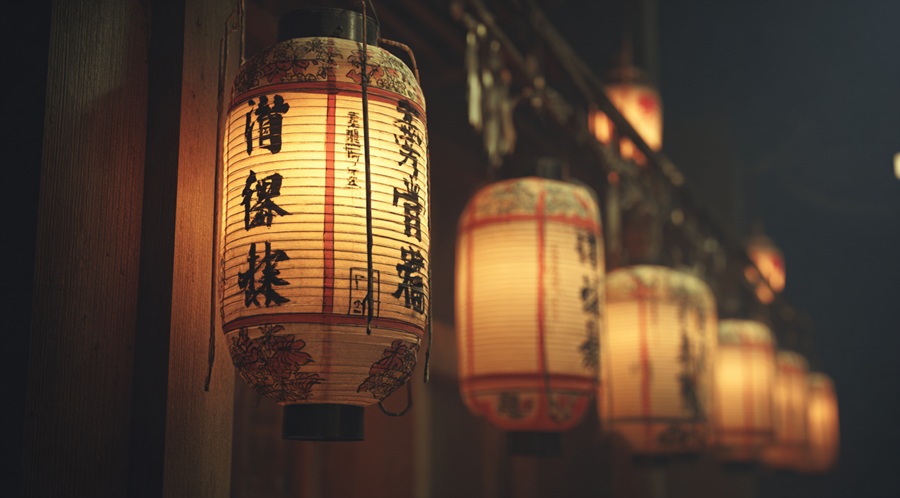
Lantern
Japanese Name:
提灯
Romaji Name:
chouchin
Description
↓↓
A chōchin is a traditional Japanese lantern, often used to provide light, but also serving as a decorative item in various cultural and festive settings. The name "chōchin" refers specifically to a folding lantern typically made of paper or silk, which is stretched over a bamboo or metal frame. Chōchin lanterns are an iconic part of Japanese culture, commonly seen during festivals, in restaurants, and even in traditional homes.
History
↓↓
Chōchin are traditional Japanese lanterns made of bamboo frames covered with paper or silk.
They first appeared in Japan during the Muromachi period (14th–16th century) for practical lighting in homes and streets.
By the Edo period (17th–19th century), they became widely used in festivals, temples, and shops as both illumination and decoration.
Chōchin often feature painted designs, family crests, or festival motifs, symbolizing culture and celebration.
They were also used for guiding spirits during religious ceremonies and seasonal events.
Today, chōchin are iconic in Japanese culture, decorating streets, festivals, and temples, and representing tradition and aesthetics.